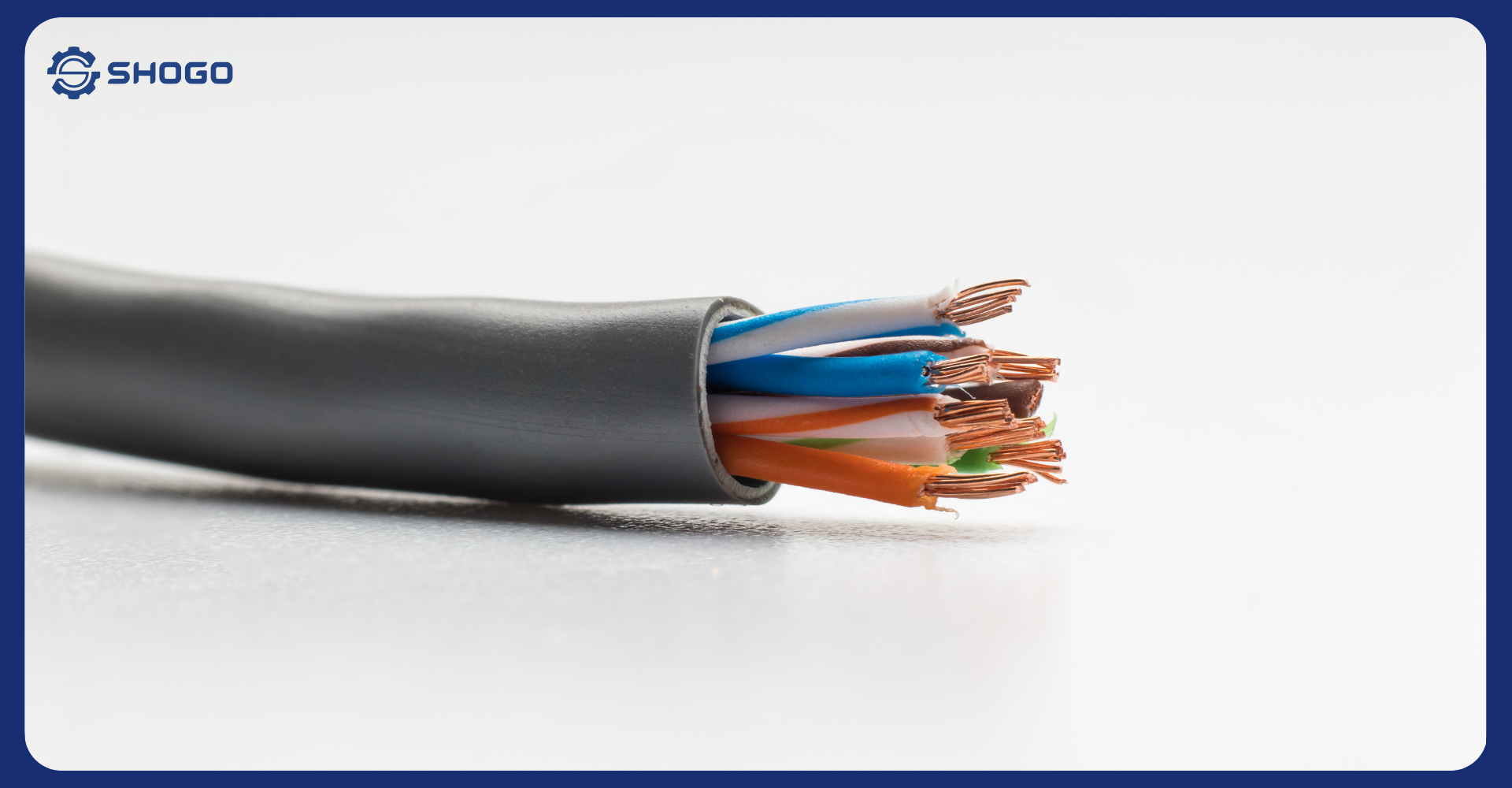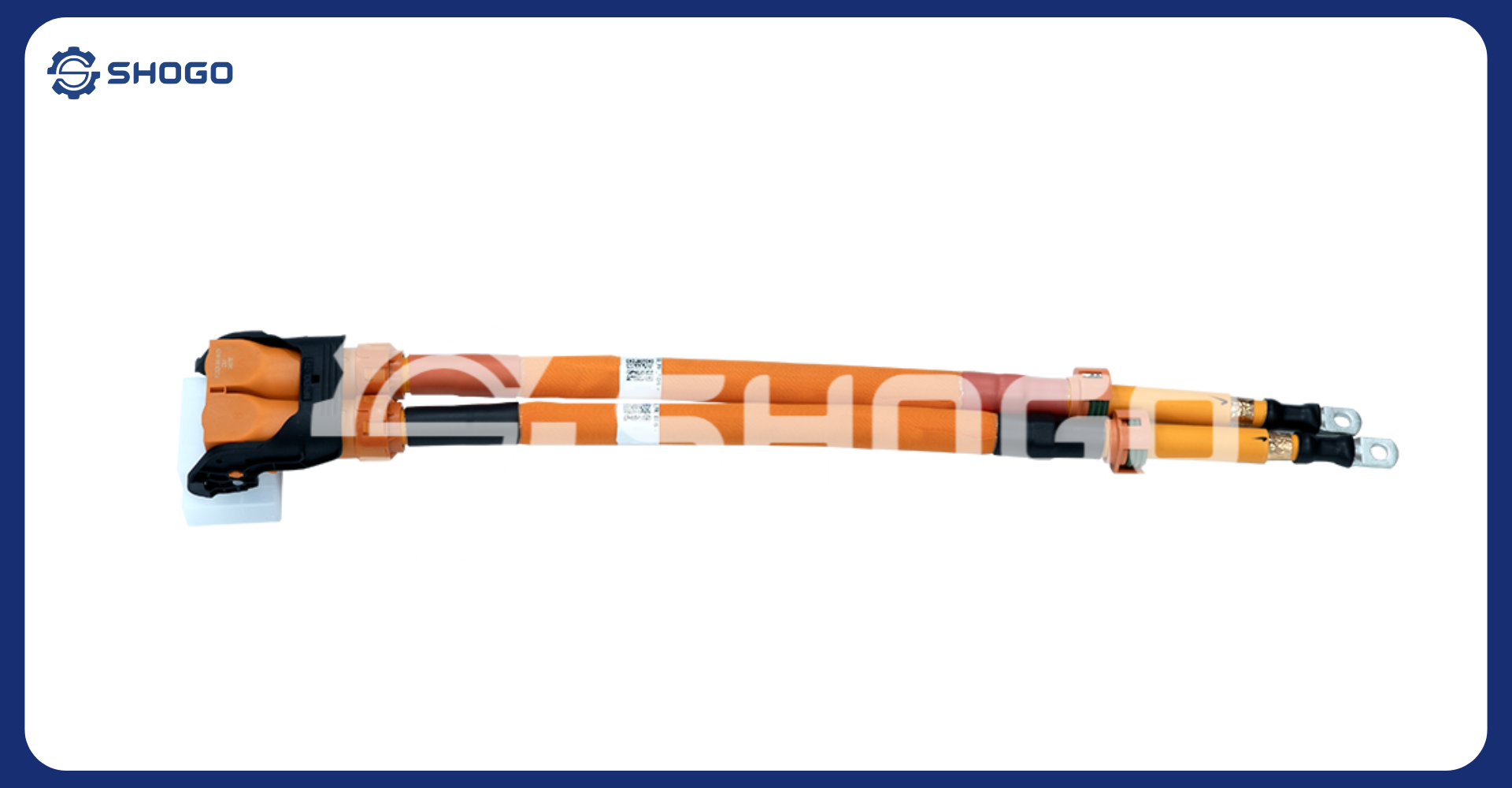
Introduction
As electric vehicles (EVs) become increasingly popular, so does the need for safe and efficient charging solutions. Among the essential components is the charging cable. On the market today, there are two main types: AC charging cables and DC charging cables—each with distinct features, structures, and use cases.
This article will help you clearly understand the differences between these two types of EV charging cables, from construction to real-world application—ideal for consumers, engineers, and EV charging station developers.
Core Differences Between AC and DC Charging Cables
| Feature | AC Charging Cable | DC Charging Cable |
|---|---|---|
| Type of current | Alternating Current (AC) | Direct Current (DC) |
| Charger location | Inside the vehicle | Outside the vehicle (charging station) |
| Charging power | Low to medium (3.7kW – 22kW) | High (50kW – 350kW or more) |
| Charging speed | Moderate, suitable for overnight charging | Very fast, 80% charge in 15–30 minutes |
| Connectors | Type 1, Type 2 | CCS Combo, CHAdeMO, GB/T DC |
| Cable size | Thinner, more flexible | Thicker, heavier, with advanced insulation |
| Cost | Lower | Significantly higher |
| Typical use | Homes, parking lots, public slow chargers | Fast-charging stations, commercial applications |
AC Charging Cables – Flexible and Easy to Deploy
Key characteristics:
- Ideal for use at home, in offices, and public parking lots
- Compact and easy to store or carry
- Connects directly to the vehicle’s onboard charger
Technical limitations:
- Charging speed depends on the vehicle’s onboard charger
- Not suitable for urgent or high-speed charging
Best for:
- Individual EV owners charging overnight
- 2-wheelers, small 4-wheel EVs, and plug-in hybrids (PHEVs)
DC Charging Cables – High Power, High Speed
Key characteristics:
- Feeds DC power directly into the EV battery
- Bypasses the onboard charger, allowing ultra-fast charging
- Built with large copper cores and multi-layer insulation
Technical limitations:
- Higher cost and requires dedicated DC charging stations
- Bulkier and heavier—not suitable for home or portable use
- Requires specific regional connector standards (CCS, CHAdeMO, etc.)
Best for:
- High-end EVs, electric trucks, and fleet operations
- Commercial charging stations, urban infrastructure, highway networks
When Should You Use AC vs DC Charging Cables?
| Charging Scenario | Recommended Cable Type | Reason |
|---|---|---|
| Charging at home | AC Cable | Convenient, affordable, overnight charging |
| Operating a fast-charging station | DC Cable | High-power output, fast customer turnaround |
| Commercial or fleet vehicles | DC Cable | Reduces downtime and increases route efficiency |
| E-scooters or light EVs | AC Cable | Lightweight, suitable for small battery packs |
| Shopping mall installations | Both AC & DC | Serve a variety of EV types and charging needs |
Conclusion
There’s no universal “best” cable—only the right cable for your use case. AC cables are ideal for private users and overnight charging thanks to their simplicity and affordability. DC cables are essential when fast charging and high throughput are the priority, especially in commercial or public infrastructure settings.
Are You:
- Developing a new EV charging station?
- An OEM or EV cable distributor?
- Investing in commercial EV charging solutions?
Contact us today to request detailed technical drawings, pricing for AC & DC EV cables, and recommendations based on your specific application.


